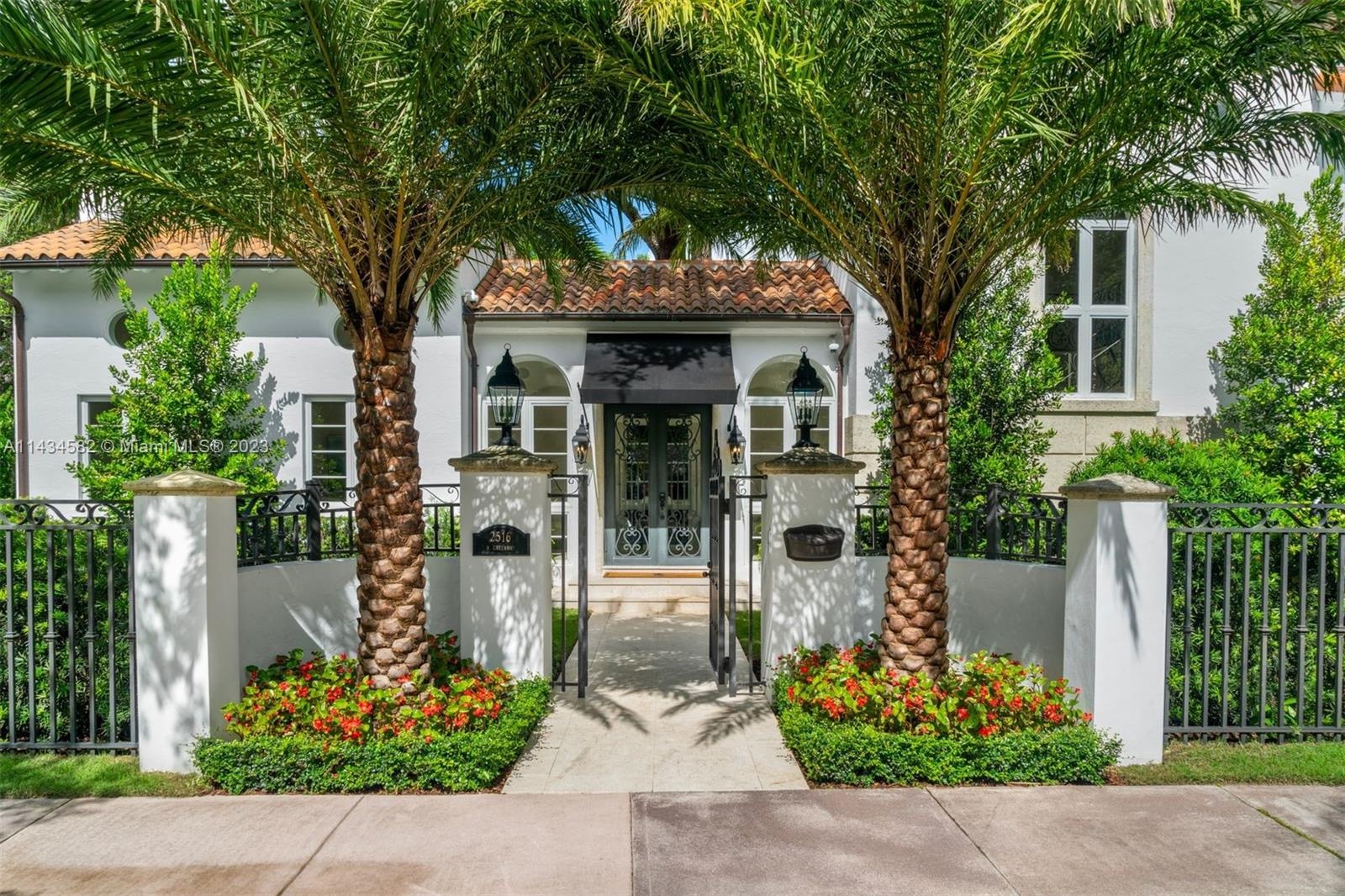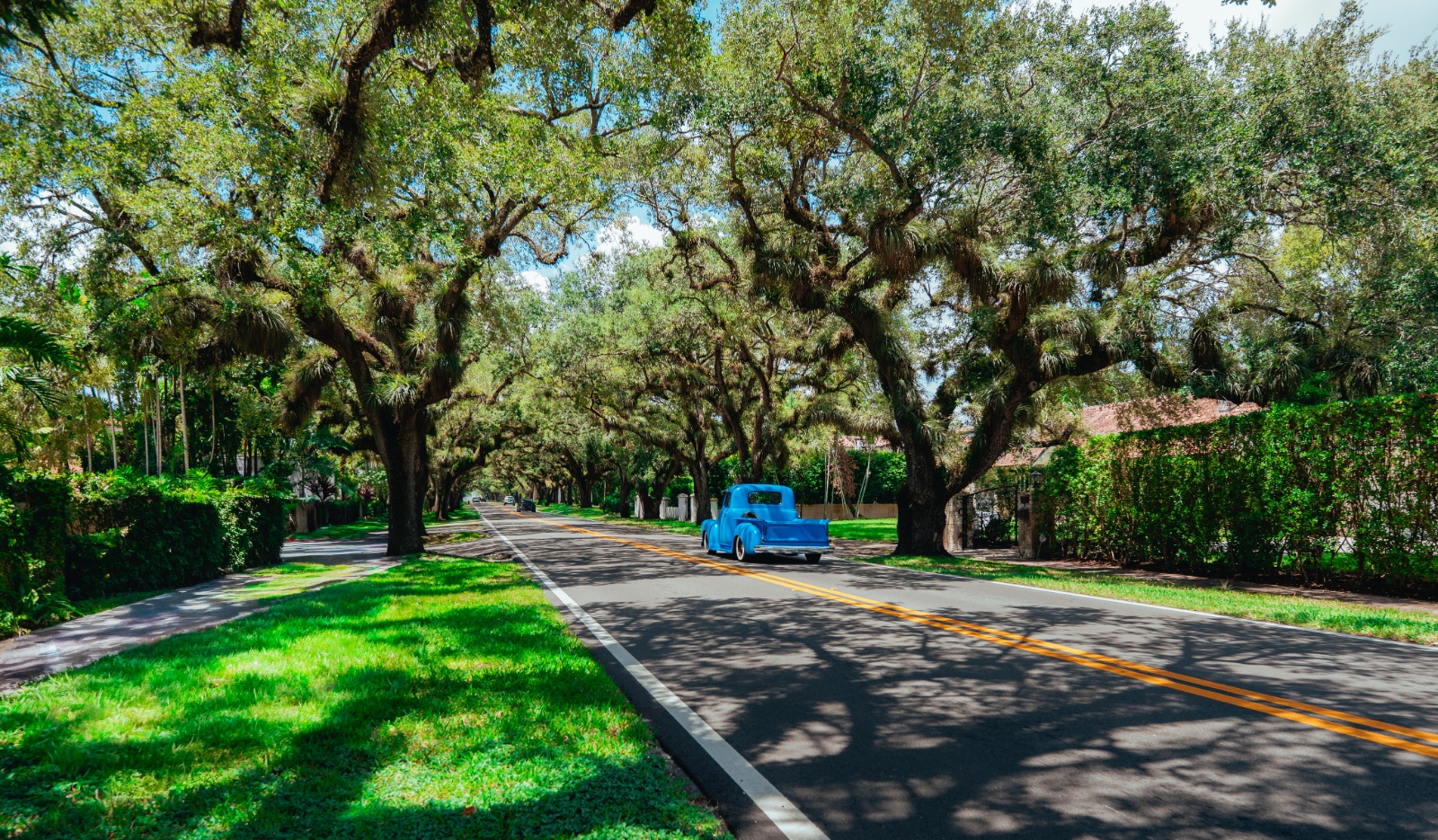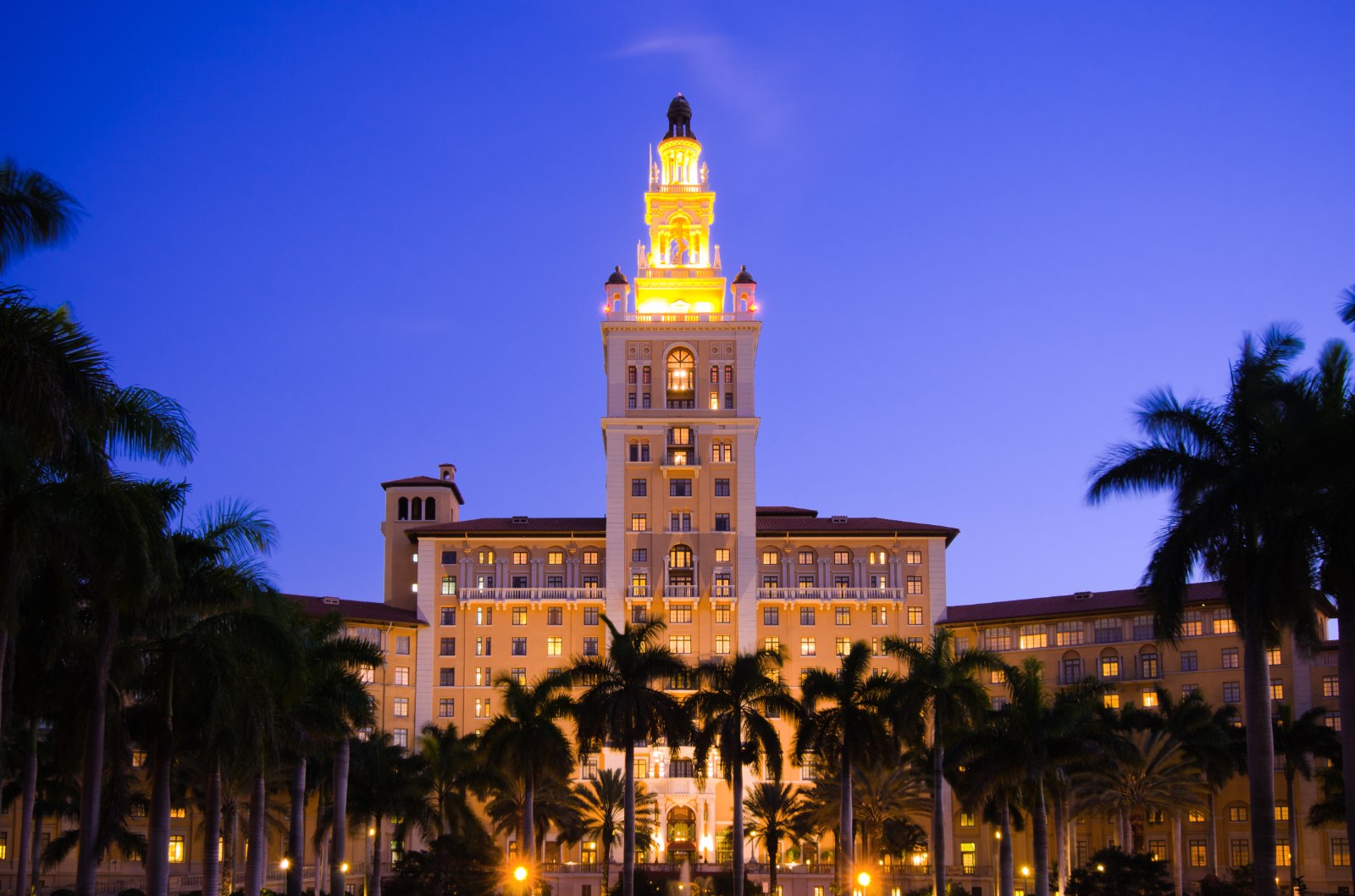Main Content
Famous faces in Coral Gables: Notable residents who called “The City Beautiful” home

Table of Contents:
Behind Coral Gables’ canopied streets and Mediterranean homes is a community that attracts people who’ve already seen the best of the world. They come here for a specific type of balance: privacy without isolation, culture without chaos, and a sense of permanence that few places in South Florida can match.
Over time, that balance has drawn a remarkable list of actors, athletes, and business leaders who’ve chosen to live quietly in The City Beautiful.
NOTABLE RESIDENTS PAST AND PRESENT
The names may change, but the appeal doesn’t. For decades, Coral Gables has drawn residents whose influence reaches far beyond South Florida. Each has chosen this city not for attention, but for the quiet comfort of its neighborhoods and the quality of its homes.
Pharrell Williams
When musician and record producer Pharrell Williams bought his $30 million bayfront estate in 2020, it reaffirmed Gables Estates as one of the most private and desirable communities in the country. The property spans more than three acres along Biscayne Bay, complete with sweeping views and deep-water dockage.
The Weeknd
R&B artist Abel Tesfaye, known as The Weeknd, is under contract to purchase a waterfront home in Coral Gables. The property sits on a V-shaped lot with water on both sides and a dock large enough for a 200-foot yacht. Most recently listed for $54.9 million, the home reflects the upper tier of the Coral Gables market.
Alex Rodriguez
Just inland, former New York Yankee Alex “A-Rod” Rodriguez built a 12,000-square-foot modern home that shows how Coral Gables has evolved. The design is open and bright, featuring walls of glass, a resort-style pool, and tropical landscaping that ties it to its surroundings. It’s a contemporary take on the city’s long-standing balance between architecture and livability.
Timbaland
Grammy-winning producer Timbaland, born Timothy Mosley, owned a tropical modern mansion on Hammock Drive in Coral Gables. The 8,400-square-foot home sat on an acre of landscaped grounds and featured seven bedrooms, a guest house, a wine cellar, and a sauna. He bought the property in 2019 for about $9 million and sold it six years later for $14 million, which is a testament to the lasting strength of the Coral Gables luxury market.
Robbie Williams
British pop star Robbie Williams is relocating his family to Coral Gables with the off-market purchase of a $40 million waterfront estate in Old Cutler Bay. The 19,000-square-foot smart home, built in 2016, sits on a one-acre peninsula with 435 feet of water frontage and a 75-foot dock. The property is undergoing a $5 million expansion led by Miami developer Manny Angelo Varas, which will add a guest pavilion and a recording studio.
Elle Macpherson
Supermodel and entrepreneur Elle Macpherson sold her Coral Gables home for $18.5 million, roughly twice what she paid in 2018. The Normandy-inspired estate spans nearly 9,000 square feet with six bedrooms, tall ceilings, and gallery-style interiors redesigned by architect Chad Oppenheim and the design firm Sawyer | Berson. Set on almost two acres in Journey’s End Estates, the home includes a saltwater pool and lush gardens that reflect the calm, artful character of the neighborhood.
Alonzo Mourning
Longtime Miami Heat star Alonzo Mourning used to live on Arvida Parkway in Gables Estates, one of Coral Gables’ most exclusive addresses. His home combined direct bay access with quiet streets and guarded entry.
Avisaíl García
In nearby Snapper Creek Lakes, Miami Marlins outfielder Avisaíl García owns an 11,000-square-foot home on more than an acre of landscaped grounds. The wide pool terrace, shaded loggias, and open plan reflect the side of Coral Gables that values space and calm just as much as luxury.
WHY THE WORLD’S MOST SUCCESSFUL PEOPLE CHOOSE CORAL GABLES

- Master-planned design: When George Merrick laid out Coral Gables in the 1920s, he designed a city that would feel orderly but never rigid. Streets follow a clear plan softened by banyan trees, and homes share a consistent architectural language rooted in Mediterranean style.
- Prime, practical location: Coral Gables sits a few miles from Miami International Airport and Downtown Miami, placing residents near major business and travel hubs and making it easy to move between work, family, and leisure without leaving its residential comfort.
- Culture within reach: Art, history, and green space are deeply integrated with the city’s layout. The Coral Gables Museum highlights the city’s architecture and history, Actors’ Playhouse stages year-round productions, and Fairchild Tropical Botanic Garden offers 83 acres of green space and open-air events that bring the community together.
- Schools that anchor the community: Families here have access to respected institutions such as Gulliver Prep, Riviera Day School, and Saint Philip’s Episcopal School. The University of Miami, located along Stanford Drive, adds academic depth and keeps the city connected to research, the arts, and innovation.
- Privacy by design: Wide lots and mature landscaping give interior neighborhoods a natural sense of separation, while gated enclaves like Gables Estates and Snapper Creek Lakes offer additional security and direct water access.
INSIDE THE NEIGHBORHOODS THAT DEFINE CORAL GABLES LUXURY

- Gables Estates: At the city’s southern edge, Gables Estates sets the standard for privacy and bay access. Deep canals lead directly to Biscayne Bay, and wide, landscaped lots create a calm sense of space. The community’s design rules keep the architecture consistent and timeless.
- Cocoplum and Tahiti Beach: Cocoplum’s marina, tennis courts, and winding streets attract boaters and families, while Tahiti Beach, with fewer than 30 homes, offers rare seclusion along the bay.
- Old Cutler Road and the historic districts: This stretch captures Coral Gables’ original charm. Beneath mature banyans, 1920s Mediterranean Revival homes line Granada Boulevard and Country Club Prado, blending restored architecture with the city’s ongoing focus on preservation.
- Merrick Park area: Near the city’s center, the Merrick Park area offers more modern living. Condos such as Laguna House and Merrick Manor sit beside open-air cafés and designer shops, giving residents a walkable setting within Coral Gables’ familiar order and calm.
FAQS
What is the most famous street in Coral Gables?
Without question, Miracle Mile takes the spotlight as the city’s most iconic thoroughfare. Running through the heart of Downtown Coral Gables, it’s lined with boutiques, cafes, art galleries, and upscale restaurants, embodying George Merrick’s original “City Beautiful” vision. For those drawn to scenic drives, Old Cutler Road is equally beloved, famous for its majestic banyan canopy, winding paths, and historic estates showcasing the city’s timeless elegance.
Where do notable residents usually live in Coral Gables?
High-profile homeowners often choose gated waterfront enclaves such as Gables Estates, Cocoplum, Tahiti Beach, Old Cutler Bay, and Snapper Creek Lakes. These areas offer large lots, deep-water access, and complete privacy, all within a few miles of Downtown Coral Gables.
What landmarks define Coral Gables living?
A few places capture the city’s character better than any description could. The Venetian Pool and the Biltmore Hotel are local landmarks, while the historic Granada and Prado entrances mark Coral Gables’ signature sense of design and order.
What architectural style defines Coral Gables homes?
Coral Gables is best known for its Mediterranean Revival style, with arched entryways, coral stone accents, and red-tile roofs. The city’s design code even includes a Mediterranean Design Bonus to encourage builders to preserve its character. Many newer homes take cues from that tradition while adding modern layouts and materials.
How do people get around Coral Gables without a car?
The free Coral Gables Trolley runs along Ponce de Leon Boulevard, connecting Miracle Mile, Merrick Park, and nearby transit stops. It’s a local favorite and an easy way to get a feel for the city’s neighborhoods before exploring homes for sale in Coral Gables.
THE TIMELESS CHOICE FOR SOUTH FLORIDA LIVING
For all its elegance, Coral Gables has never been about excess. It’s about living well in a place built to last, where design, order, and a sense of calm come together naturally. That quiet balance continues to attract people who value permanence and purpose in the place they call home.
If you’re ready to do the same, The Jills Zeder Group offers the kind of local insight that only decades of experience can provide. With more than $9 billion in career sales, their team has guided clients through Coral Gables’ most distinguished properties, from gated waterfront estates to the historic streets that give the city its character.
To begin your search or schedule a private consultation, contact The Jills Zeder Group. Their record speaks for itself, and their understanding of Coral Gables ensures every move is made with confidence.


